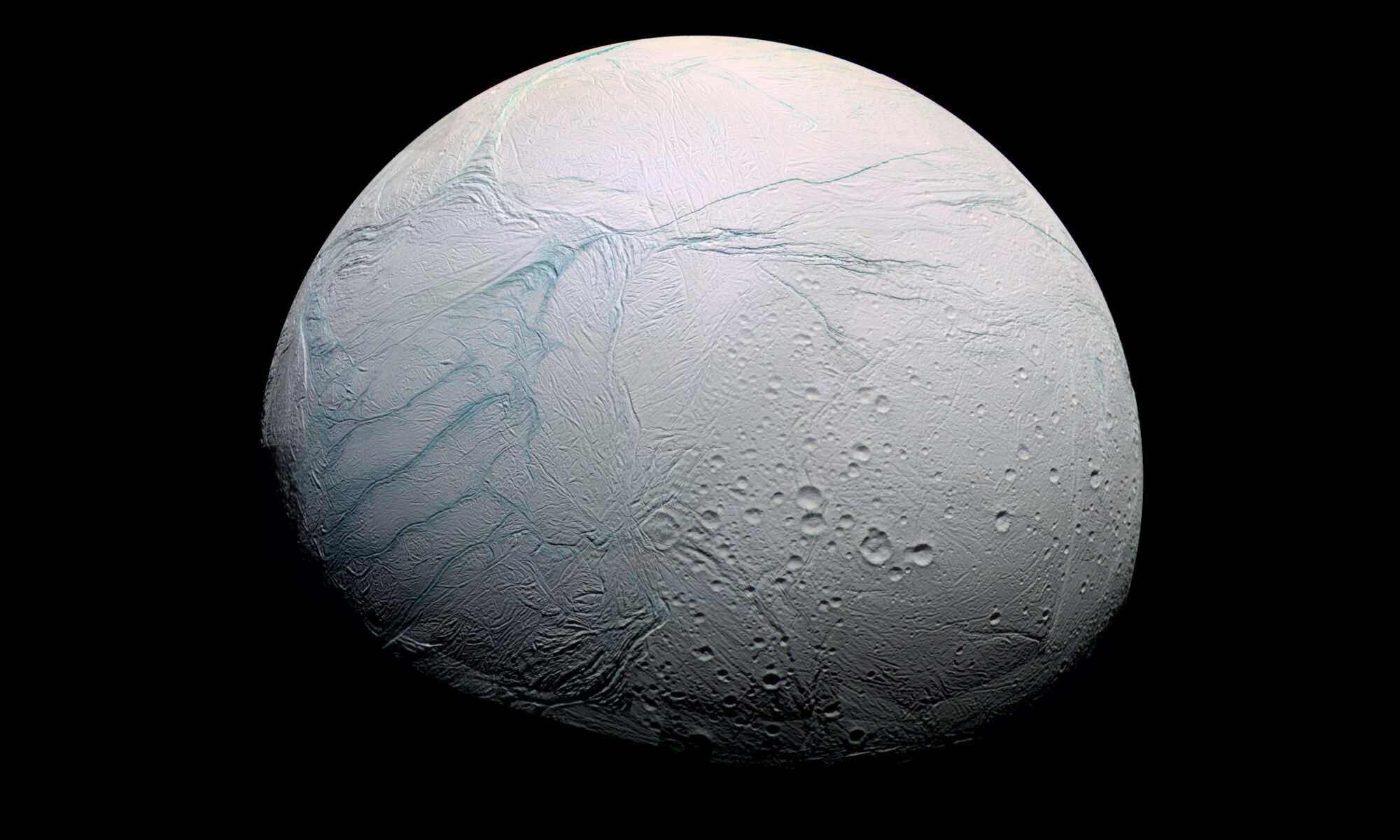Fluidic transport in microchannels is driven by pneumatic peristaltic pumps fabricated within the chip itself via three polydimethyl siloxane (PDMS) membrane valves placed in series.
About The Instrument:
-
- 2.5 kg
- 16x16x12 cm package
- low 2-3 Watt survival power requirements to stay between -10 and -50 degrees Celsius.
Macroscopic fluid transport between major components of the instrument (e.g. extractant chamber, capture chamber and waste reservoirs) is driven by applying gas pressure through a stainless steel bellows system.
All macroscopic volumes of fluids are contained within a welded stainless steel bellows that can be expanded or contracted by externally applied gas pressure. This approach avoids the problem of gas-fluid bubbles in large containers under microgravity
Chip fluidics
In the 50-500 micron features within the chip, water surface tension is the dominant force compared to gravity and pumped liquids reliably sweep bubbles out of the microfluidic channels.
Sample Analysis
To perform an analysis, the closed capture chamber containing sample is warmed and buffer is transported into the chamber dissolving the sample. The dissolved sample is then transported from the capture reservoir to the storage location on the chip. The amine labeling and analysis is representative; analogous methods for analyzing organic acids, aldehydes and ketones, thiols, and PAHs have been presented. For amine analysis, typical separations take under 5 minutes.

